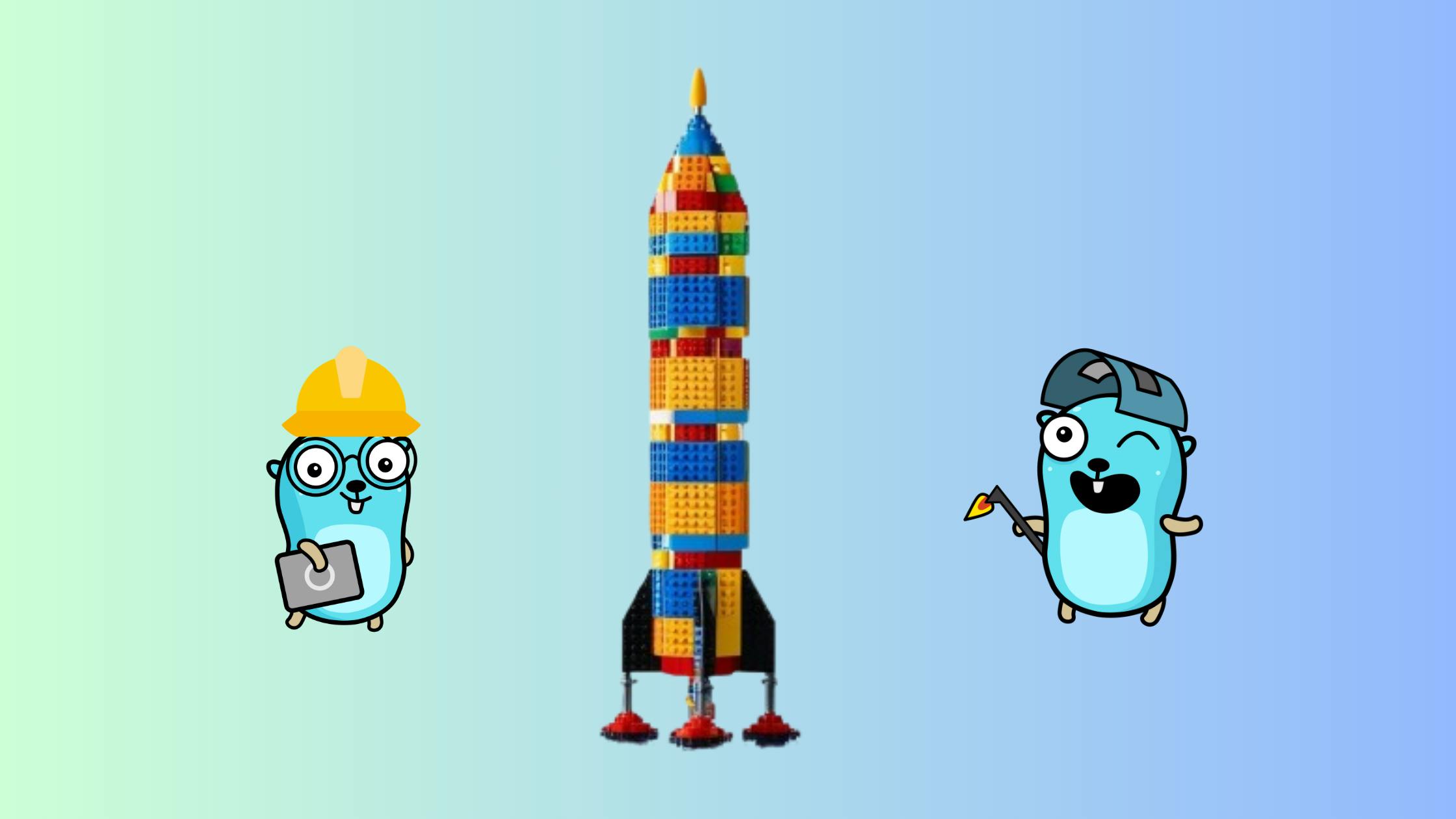If you’ve worked with class inheritance long enough, you’ve probably reached a point where it starts feeling frustrating and restrictive. Then we all know and can appreciate how Object Composition patterns can simplify code and make express behavior of code better. This is not a write up on Composition vs Inheritance, for more on that take a look at Composition over Inheritance
Instead of thinking in terms of “A is a B,” composition lets us think in terms of “A has behavior X”. This approach makes our code more modular, flexible, and reusable.
Go is not an object-oriented language. Staying true to its “Keep it Simple” philosophy, Go does not support classes, objects, or inheritance.
Interface Composition in TypeScript
In Typescript we can leverage type intersections (&) to compose types, building types with all the features we need.
Let’s say we’re working with animals. Some animals live on land, some in water, and some (like amphibians) can do both. Instead of using inheritance to model this, we can compose behaviors:
type Animal = {
sound: () => string
}
type AquaticAnimal = Animal & {
swim: () => void
}
type LandAnimal = Animal & {
walk: () => void
}
type Amphibian = AquaticAnimal & LandAnimal
const dolphin: AquaticAnimal = {
sound() {
return 'ee ee ee'
},
swim() {
console.log('🐬 🐬 🐬')
},
}
const alligator: Amphibian = {
sound() {
return 'sssss'
},
swim() {
console.log('💦 💦 💦')
},
walk() {
console.log('🐊 🐊 🐊')
},
}
console.log((alligator as Animal).sound()) // Works fine
console.log((dolphin as LandAnimal).walk()) // TypeScript will warn you!
Why This Works Well
- No rigid hierarchies – Instead of a deep class tree, we mix and match behaviors.
- Flexibility – We can create new types by combining existing ones, without modifying the originals.
- Compile-time safety – TypeScript prevents us from calling
walk()on anAquaticAnimal.
But what about Go? Since Go doesn’t have classes or inheritance, how does it handle composition?
Interface Composition in Go
How would we go about achieving this in Go you ask?
In Go, you can embed interfaces inside each other, kind of like snapping Lego blocks together to build something bigger. This makes it easy to break down complex ideas into smaller, more manageable pieces.
Since we’re composing functionality instead of stacking up rigid inheritance chains, we get way more flexibility and avoid those fragile, complicated class hierarchies. Plus, embedding means less copy-pasting, so we keep our code DRY ☂️ without extra hassle.
package main
import "fmt"
// Define Animal behavior
type Animal interface {
Sound() string
}
// Define Aquatic behavior
type AquaticAnimal interface {
Animal
Swim() string
}
// Define Land behavior
type LandAnimal interface {
Animal
Walk() string
}
// Amphibian embeds both AquaticAnimal and LandAnimal
type Amphibian interface {
AquaticAnimal
LandAnimal
}
// Dolphin implements AquaticAnimal
type Dolphin struct{}
func (d Dolphin) Swim() string {
return "🐬 🐬 🐬"
}
func (d Dolphin) Sound() string {
return "ee ee ee"
}
// Crocodile implements Amphibian (both swimming and walking)
type Crocodile struct{}
func (c Crocodile) Swim() string {
return "💦 💦 💦"
}
func (c Crocodile) Walk() string {
return "🐊 🐊 🐊"
}
func (c Crocodile) Sound() string {
return "argh"
}
func main() {
// Create instances
willy := Dolphin{}
ticktock := Crocodile{}
// Call behaviors
fmt.Println(willy.Sound()) // ee ee ee
fmt.Println(willy.Swim()) // 🐬 🐬 🐬
fmt.Println(ticktock.Sound()) // argh
fmt.Println(ticktock.Swim()) // 💦 💦 💦
fmt.Println(ticktock.Walk()) // 🐊 🐊 🐊
// Using interface values
var animal Animal = willy
fmt.Println(animal.Sound()) // ee ee ee
animal = ticktock
fmt.Println(animal.Sound()) // argh
}
Real world examples
Go’s standard library provides several fundamental interface types that form the backbone of its I/O and string-handling capabilities. Some key examples include:
fmt.Stringerdefines aString()method, allowing a type to represent itself as a string.io.Readerreads data into a byte slice, commonly used for streaming input.io.Writerwrites a byte slice to an output destination, such as a file or network connection.
These interfaces are widely implemented across the standard library and third-party libraries, enabling seamless integration with files, network I/O, custom serializers, and more.
A great example is net.Conn from the net package, which implements both io.Reader and io.Writer:
- As an
io.Reader,net.Connallows you to callRead()to receive incoming data. - As an
io.Writer, it supportsWrite(), enabling data transmission over the connection.
This dual implementation makes net.Conn a powerful tool for handling network communication efficiently.
Conclusion
Composition helps us avoid deep, rigid hierarchies and instead focus on what objects can do.
- In TypeScript, we achieve composition using type intersections (
&), allowing us to mix and match behaviors. - In Go, we use interface embedding, making it easy to compose functionality without inheritance.
- Go’s standard library is built on interface composition, making it highly modular and reusable.
By thinking in terms of “has-a” instead of “is-a”, we can write cleaner, more maintainable code across different programming languages.
Next Steps: Try refactoring some of your own code using composition instead of inheritance. You’ll be surprised at how much cleaner and more flexible it becomes!
Bonus question
Will it compile? If not, why? Drop your answers in the comments! 🤔
package main
type A interface {
sayHi() string
}
type B interface {
sayBye() string
}
type C interface {
A
B
}
func main() {
}
Further Reading
Hope you enjoyed reading this as much as I enjoyed writing it.
If this helped you think differently about composition, share it with a fellow developer. Also, if you’ve got thoughts or questions, drop them in the comments—I’d love to discuss more!










